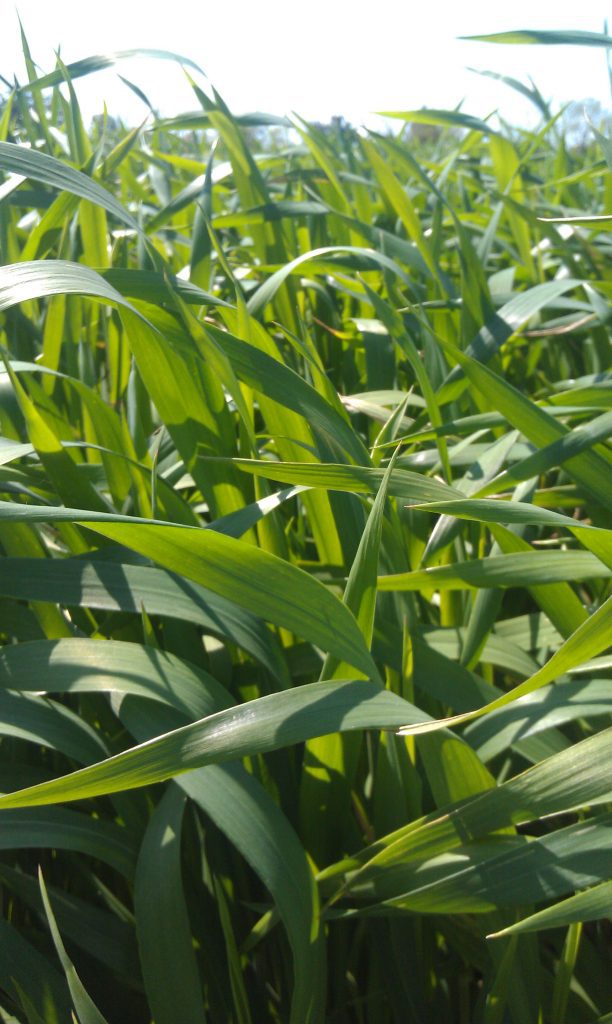By Dale Dewing, Cornell Cooperative Extension, Delaware County
As the new cropping season is quickly approaching, it is important to begin thinking about how to terminate your winter rye cover crop. As many know the incredible soil health benefits of using cover crops, they can also have many uses after they have served their purpose in the ground. If used for forage, winter rye can provide very good high protein dairy feed. If being used to incorporate back into the soil, cover crops can provide a green manure which will add nitrogen and organic matter back into the soil. However, If not terminated correctly, certain cover crops (especially winter rye) can out compete corn, or have an allelopathic effect on new seedings. Whether it be through spraying, harvesting, grazing, or plowing down, certain considerations should be made to ensure a successful and effective kill. The following provides a quick guide of different techniques to consider when terminating your cover crop this spring.
Termination:
- Some farmers are using paraquat (Gramoxone™) to burndown tall rye in spring. This chemical has a very fast and complete burndown, which is advantageous. It is also harmful to humans, and requires very careful application.
- If using glyphosate herbicide, use labelled rate for rye for the formulation you are using. Use spray grade ammonium sulfate for best performance and quickest burndown at a rate of 8-17 lbs/ 100 gallons mixed spray. Especially recommended if using hard well water. Glyphosate activity is slow in the spring when temperatures are cooler.
- Disking the crop only will not completely kill it.
- Harvest (mowing or grazing – even after heading) will not kill the crop.
- Terminating earlier avoids competition with successive crop and minimizes potential N immobilization that can occur with taller cereal rye crop.
- NRCS or SWCD program may require termination around 6” height.
- If terminating the cover crop and planting a crop in its residue, either plow down or spray with herbicide while still vegetative if you cannot contend with high residue conditions.
Harvest for Forage or Straw:
- Winter Rye or triticale can be grazed at a standard grazing height of 8-10”.
- For best quality (lactating dairy cattle feed), harvest at flag leaf stage (last full leaf before head emergence. (Typically May 12 –May 20)
- For animals not requiring highest quality, harvest may be taken at boot stage or heading (typically May 20 – May 27)
- For Head Straw (also called pre-cut straw) harvest at heading, but before flowering (handing pollen – typically May 25 – June 1).
- Note that after harvest (mechanical or grazing) , the winter cereal will tiller and shoot heads again, which can interfere with the next crop. Plan on a herbicide application approximately 10-14 days post-harvest to control tillering. This can be part of a residual program to control later emerging weeds as well.
Other Considerations:
- Choose a corn hybrid that will allow for earlier silage harvest if planning on using cover crops
- If harvesting rye later for forage or straw, consider the impact of later planting on successive crops.
- Rye harvested later for forage or straw can remove a lot of soil moisture for a successive crop which may be a risk in dry years.
Speak to an expert at King’s AgriSeeds now at 1-717-687-6224 or email us at [email protected].
Copyright © 2017 Cornell Cooperative Extension Delaware County, All rights reserved.
